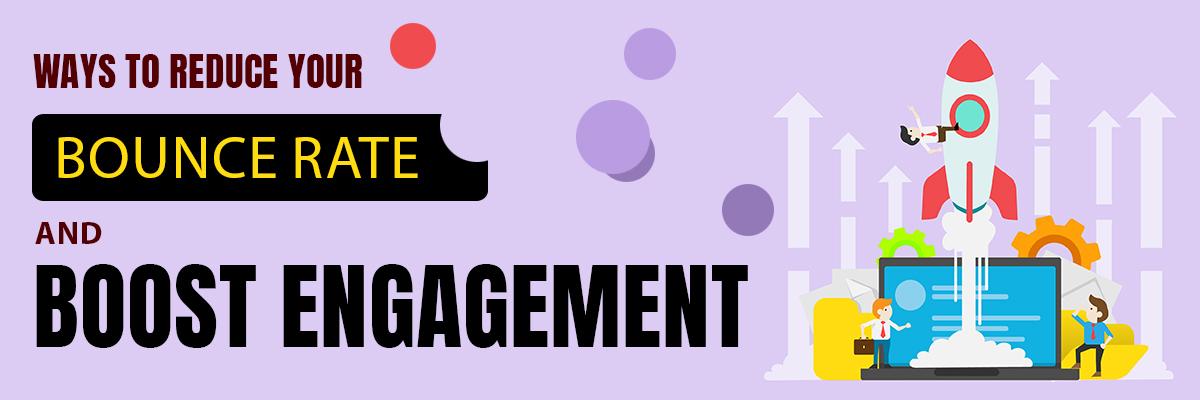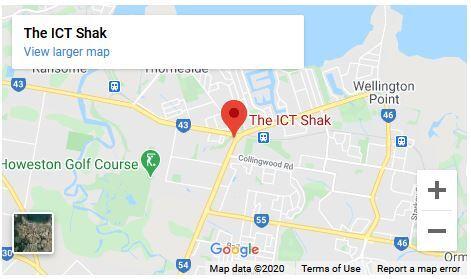As a business owner, understanding and optimising your bounce rate are crucial for the success of your website. Bounce rate is the percentage of visitors who navigate away from your site after viewing only one page. It is an essential metric to track as it provides insights into the effectiveness of your website and user engagement.
What is Bounce Rate and Why Does it Matter?
When delving into the concept of bounce rate, it refers to the percentage of visitors who land on a page on your site and then leave your site without interacting further. Significantly, the bounce rate is calculated by dividing the total number of bounces by the total number of entrances to a page. A high bounce rate indicates that visitors are not finding what they are looking for or are not engaged with your content.
Understanding bounce rate is essential as it directly impacts your website's performance and user experience. A good bounce rate varies by industry and the type of website you have, but as a general rule, a lower bounce rate is more favourable. High bounce rates can negatively affect your SEO, as search engines may interpret this behaviour as a lack of relevance or quality on your site, which can impact your search result ranking.
Measuring and Analysing What Causes a High Your Bounce Rate
Google Analytics is a powerful tool to measure and track your website's bounce rate. By utilising Google Analytics, you can gain valuable insights into visitor behaviour, including bounce rates. Identifying whether you have a good or high bounce rate is vital in determining the effectiveness of your website in engaging users.
Several factors can influence your bounce rate, such as page load time, the quality of your content, website design, and relevance to user intent. Analysing these factors can help you pinpoint areas for improvement to reduce bounce rates and enhance user retention.
Effective Strategies to Reduce Bounce Rate on Your Website
To lower your bounce rate, optimising page load time is crucial. Slow-loading pages can lead to impatient visitors bouncing off your site. Implementing internal links within your content can encourage users to explore more pages on your site, thus reducing bounce rates.
Creating engaging and easy-to-read content is another effective strategy to keep visitors on your site. Compelling visuals, clear headings, and informative copy can enhance user experience and decrease the likelihood of bounces.
The Role of SEO and Keywords in Bounce Rate Formula
Utilising relevant keywords in your content can help decrease bounce rates by attracting the right audience to your site. Improving your SEO practices not only boosts organic traffic but also enhances user experience, making visitors more likely to engage with your content and less likely to bounce.
By analysing bounce rate in relation to your search result ranking, you can identify areas for SEO optimisation to improve engagement and reduce bounces. Understanding how keywords and SEO impact bounce rates is key to developing a successful online presence.
Enhancing Engagement to Decrease Bounce Rate
Incorporating clear call-to-action buttons throughout your website can drive engagement and reduce bounce rates. A compelling call to action prompts visitors to take the desired action, increasing interaction and lowering bounce rates.
Optimising your website for mobile devices is essential in improving user experience and decreasing bounce rates. With the increasing number of users accessing websites on mobile devices, ensuring a seamless mobile experience is paramount to retaining visitors and reducing bounces.
Monitoring exit rates can provide valuable insights into visitor behaviour and identify pages with high exit rates. Implementing strategies to retain visitors on these pages, such as adding relevant content or improving navigation, can help decrease bounce rates and increase engagement.
Conclusion
To effectively improve conversion rates and keep your bounce rate low, it's crucial to understand the intricacies of bounce rates across all industries. Knowing about the bounce rate can help you reduce the likelihood of site visitors leaving without engaging. One of the best ways to lower your bounce rate is by implementing tips to reduce bounce rate, such as optimising your site's speed with Google Page Speed insights.
Easy ways to reduce bounce include enhancing user experience, ensuring relevant content, and minimising page load times. If your site's bounce rate is high, it could be due to various reasons, such as a lack of engaging content or slow-loading pages. By utilising Google Analytics 4, you can find bounce rate data and see how your site looks in terms of engagement.
Conversion rate optimisation is key to improving bounce rate and increasing your conversions, as it measures the effectiveness of your site in retaining visitors and encouraging them to stay on your site. Remember, bounce rate is a metric inversely related to engagement rate, and it's a crucial Google ranking factor. Aim for a bounce rate that aligns with industry standards and works towards keeping your bounce rate lower than your exit rate.
Q: What is bounce rate and why is it important?
A: Bounce rate is the percentage of visitors who navigate away from a site after viewing only one page. It is important because it indicates how engaging and relevant your website is to visitors.
Q: How can I find the bounce rate on my website using Google Analytics?
A: You can find the bounce rate on your website by logging into your Google Analytics account, selecting the website you want to analyse, and then navigating to the "Behavior" section where you will find the bounce rate metric.
Q: What is considered a good bounce rate?
A: A good bounce rate typically ranges from 26% to 40%. However, the ideal bounce rate can vary depending on the type of website and industry.
Q: What are some common causes of a high bounce rate?
A: Some common causes of a high bounce rate include slow page load times, irrelevant content, poor website design, lack of internal links, and confusing navigation.
Q: What are some ways to improve your bounce rate?
A: You can reduce the bounce rate on your website by improving the overall user experience, optimising your landing pages, creating compelling content, adding internal links, and ensuring your site is mobile-responsive.
Q: How can easy-to-read content help improve my bounce rate?
A: Easy-to-read content can help improve your bounce rate by keeping visitors engaged and making it easier for them to consume information quickly. This can lead to longer visits and a lower bounce rate.
Q: Why is it important to have a clear call to action to reduce the bounce rate?
A: Having a clear call to action can help guide visitors on what to do next on your website, reducing the chances of them bouncing off the site. It can direct them toward a conversion or engagement goal.
The ICT Shak is a dynamic web development company based in Brisbane, Australia, dedicated to providing comprehensive support for small businesses in enhancing their online presence. Specializing in web development and digital marketing, we offer tailored solutions to help businesses thrive in the competitive online landscape. Our team of skilled professionals is committed to delivering high-quality websites and effective digital marketing strategies that drive results. With a focus on customer satisfaction and innovation, The ICT Shak is your partner in achieving online success. Click here to arrange a quote or call 07 3103 3133.
We specialise in helping businesses with their local search engine optimisation
Find out how your business is ranking in your Local Area
![]() Local Search Rankings
Local Search Rankings![]() Local Listings
Local Listings![]() Reviews
Reviews![]() On-site Search Engine Optimisation
On-site Search Engine Optimisation![]() Social Media
Social Media




